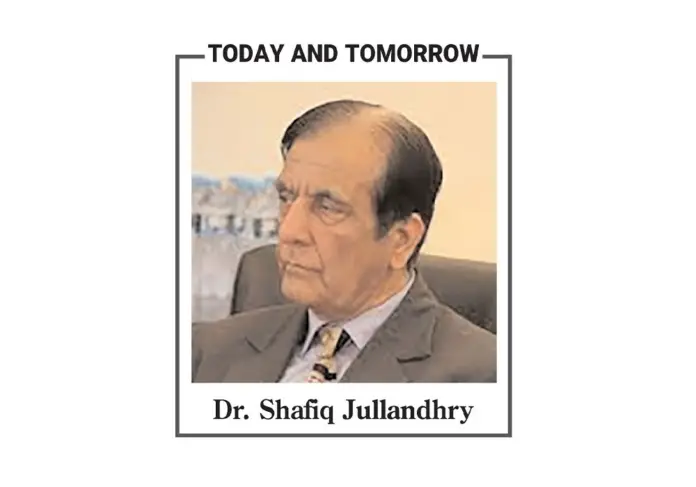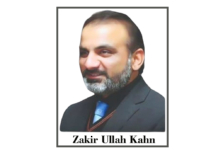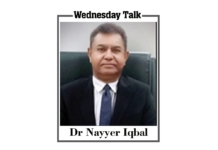There are still thousands of people who want to reach the flood-stricken people themselves with their relief goods, but they don’t know which affected people have not been reached by the volunteers working to help them. Some organisations are planning to build one-room or two-room moveable houses for the flood affectees, but they don’t know the government’s plans for resettlement, who will be covered immediately, and who will wait a long time to have their own houses. There is a shortage of tents, mats, and cots. People in some areas are extremely in need of medicine. Clean drinking water and nets for protection from mosquitoes. The media is only showing some shots of the people still waiting for some
help from any side. In most cases, such coverage remains void of the necessary information about the locality, its district, whereabouts, and road links. If there is some surrounding water, then what could be the nearest approachable place where relief trucks can reach? If boats are required, then how long will their operations be required there? It is not just media people who are working without any proper planning, but the NDMA and
district management of flood-affected areas have also failed in their communications regarding this disaster. Different volunteers, their organizations, and people from the armed forces have done wonderful rescue work. They are also supplying food, medicine, tents, etc. to needy people. At certain levels, they are coordinating with each other, but at the national level, no comprehensive communication strategy is seen. It is primarily the responsibility of the NDMA and District Management. Talking a little bit about their communication strategy, we can easily think about the data to be acquired and the information to be disseminated. The NDMA and district governments can immediately assess the real loss, the lands and people affected, and decide on immediate and long-term relief to be extended to them. Complete data of total supportive commodities received from the friend countries, the people, and the most appropriate time of their consumption. The area of our government and political party’s support should be determined. After determining the objectives and targets of any organization, its infrastructure and resources, its audiences are targeted. In NDMA’s case, the first segment of its audience is its employees, who are planning, performing, and watching the whole operation. There are flood-stricken folks whose survival and putting them to the maximum ease is the whole purpose of these mammoth operations. The NDMA and district management have to keep themselves above any political bias and discrimination. Rather, they have to bring them all to one table for this cause. Global Agencies and Governments are the second important segment of the audience to be approached. The third segment of the NDMA audience is the media. The fourth audience segment is national donor organizations, businesses, and individuals. The fourth audience segment is relief workers active in the field.
The last audience group is people at large. After this segmentation, the audience analysis is done to know the different characteristics of every group and their communication needs. The audience segmentation and analysis make the communication needs assessment job easy for the planners. After the due assessment of the communication needs of all segments, there is the phase of the communication audit. The NDMA can conduct a critical review of its communications with different segments. It will make the weak and strong aspects of their communication clear. They can revise their communication operations and messages in light of that. The communication channels from interpersonal communication to the use of pamphlets, posters, and media messages can be used as per requirement. In message construction, the factors of trial ability and observability should be given priority to persuasion and motivation. All mass-produced messages must be field/pre-tested and finalized. Political leadership must realise the sensibility of the job and forget their
propaganda for the time being and come to terms with the needs of crisis
communication. The administration must make use of tailor-made information for the needs of particular segments, especially for affectees, and it could be mostly presented in the form of well-written pamphlets. From north to south and from mountains to plains and deserts, different areas have different cultures and different languages. Nevertheless, the
national language, Urdu, can serve its purpose in all areas. During this process, we serve the purpose of national harmony and unity also. The storage of foreign relief goods, their transportation, and distribution to the deserving people and avoidance of duplication must be observed. In past the nation has experienced mass embezzlement in the collected donations and they were sold in the markets openly, and deserving people got no
access to them.







